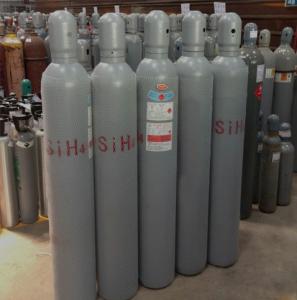When is sulfur hexafluoride gas decomposed
Published on:2018-11-30 Click:730In high-voltage electrical equipment, sulfur hexafluoride gas is widely used as the medium for arc extinguishing and insulation due to its excellent arc extinguishing performance and insulation characteristics. Partial discharges caused by different insulation defects in high-voltage electrical equipment will produce decomposition gas, and the composition, content and generation rate of corresponding decomposition gas are also different, which makes it possible to judge the fault type by analyzing the composition of decomposition products. The type, nature, degree and development trend of insulation defects can be judged by detecting the components and compounds of SF6 gas decomposition in the equipment.
For electrical equipment in normal operation, its internal temperature is not higher than 80 ℃, so there will be no decomposition products of SF6 and other insulating materials. However, if there are partial discharge and severe overheating faults in the equipment, the solid insulating materials and sulfur hexafluoride gas in the fault area will be decomposed.
If all the products are tested, the internal fault position can be judged more accurately, but because the above substances are highly toxic, except sulfur dioxide, hydrogen sulfide, carbon tetrafluoride and carbon monoxide, which have less toxicity, the content in the equipment is very small and unstable. Sulfur tetrafluoride, oxysulfide difluoride, etc. with a little more content will soon hydrolyze with water in sulfur hexafluoride gas to produce stable sulfur dioxide and hydrogen fluoride.
Therefore, the sulfur dioxide content in the gas chamber is not only directly generated by the decomposition of SF6 and solid insulating materials, but also generated by the hydrolysis of sulfur oxyfluoride. Solid insulating materials mainly include epoxy resin, polytetrafluoroethylene, polypropylene, polyester ethylene, polyamide resin, insulating paper and paint. When the temperature of the fault point reaches 200 ℃, polyester ethylene, insulating paper and paint begin to decompose, mainly producing carbon dioxide, carbon monoxide and low molecular hydrocarbons.
When the temperature of the fault point reaches 500 ℃, Liming sulfur hexafluoride and other solid insulating materials begin to decompose, mainly producing sulfur dioxide, hydrogen sulfide, sulfur oxyfluoride, carbon tetrafluoride, hydrogen fluoride, carbon dioxide, carbon monoxide and low molecular hydrocarbons.
The content of the article comes from sulfur hexafluoride (sf6): http://www.feiliergas.com





